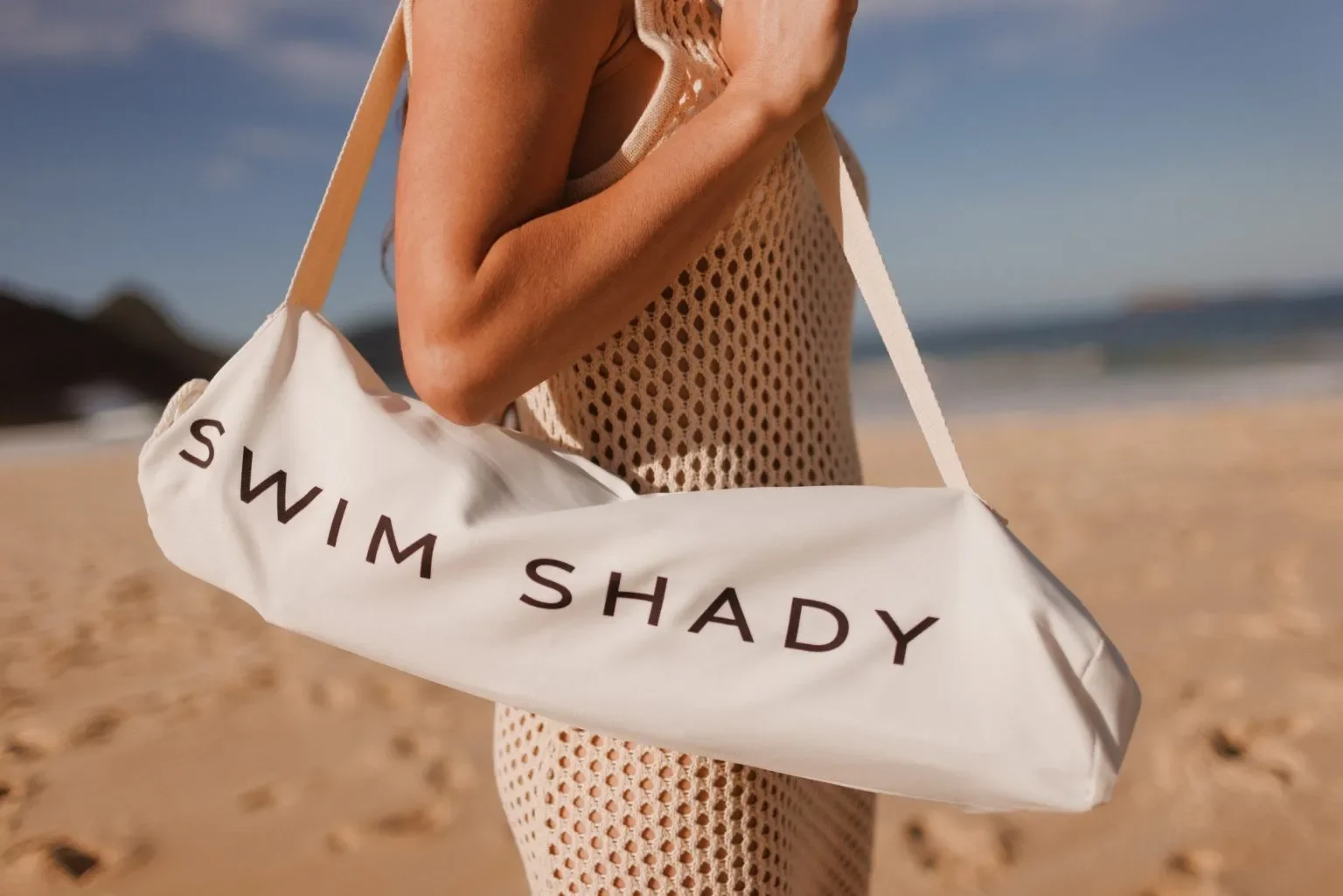Eminem has initiated legal proceedings against a mom-and-pop shop in Australia for their use of their mark SWIM SHADY for beach umbrellas. Eminem, also known by his alter ego “Slim Shady,” has a well-established reputation for aggressively enforcing his trademark and copyright rights. Though trademark policing is necessary, this dispute raises a key question: Is Eminem overreaching by targeting a small family business selling goods unrelated to his brand, or is he simply safeguarding the integrity of his mark?
Could a reputation for overzealous enforcement damage his public image, or will it ultimately strengthen the distinctiveness of his SLIM SHADY brand? Given that the small business owners have chosen to defend their right to use SWIM SHADY, the outcome of this case will be one to watch.
More here.






